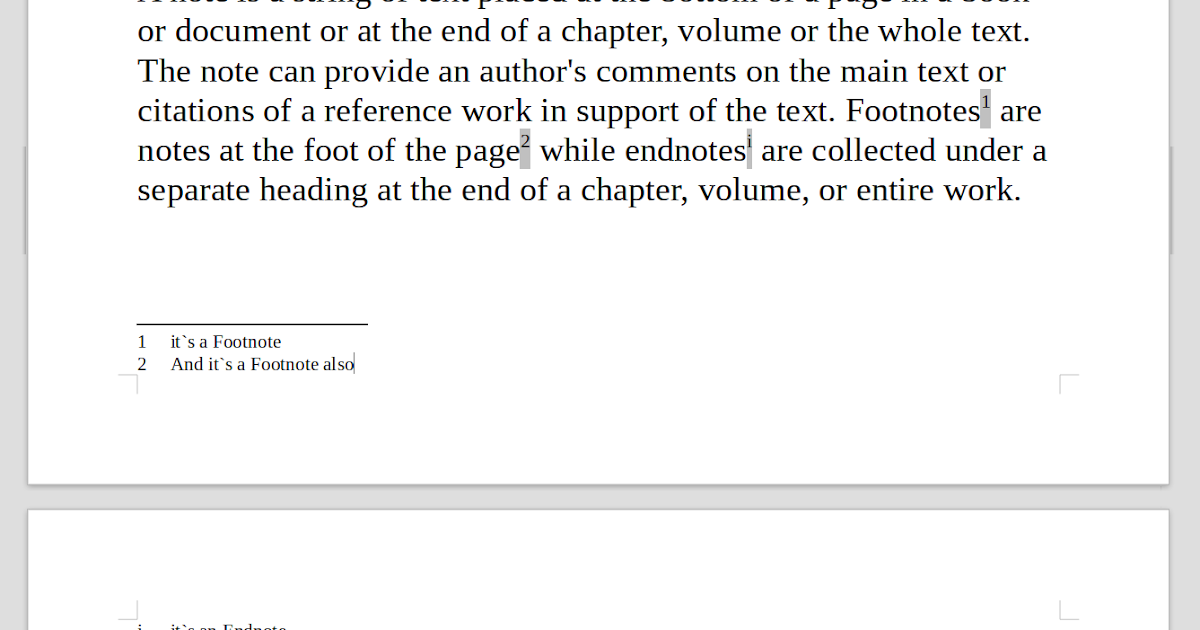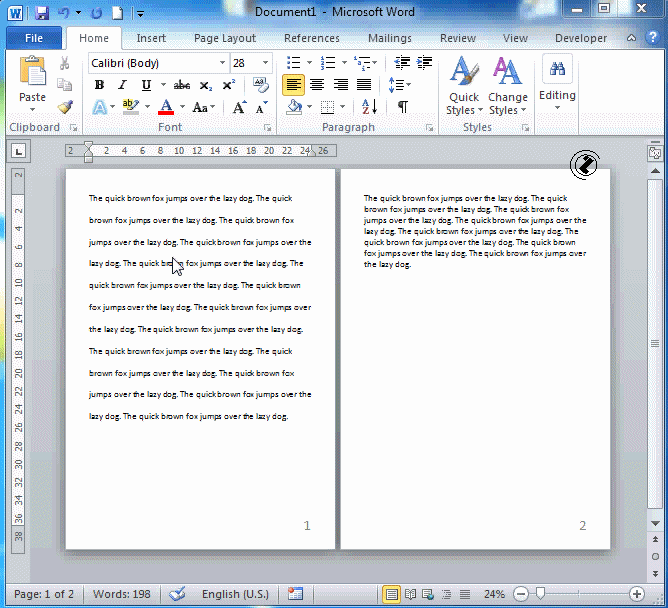

Check out new packs, bundles, and limited formats!.

If you are generating end notes instead of footnotes, you might want to turn off the ulink.footnotes parameter (it is zero by default).Shadows over Innistrad Remastered (SIR) is here! It tests to see if the current chapter has any footnote elements. If you want end notes to appear at the end of each chapter, you can customize the end of the template with match="chapter" from fo/component.xsl as follows: You can use the utility template named quence in fo/component.xsl to handle most of the page-sequence setup. You'll need to create a new page-sequence, add a title, and call the make.endnotes template inside the page-sequence. If you want them at the end of the book, you will have to customize the template with match="book". Point where you want the list of end notes to appear. The only remaining item is figuring out how to call the template at the You will also want to turn off the way each chapter restarts the footnote number sequence, by customizing the template that starts with the following line: If you are putting all your end notes at the end of a book, you should use select="//footnote" instead. This will select and process all the footnotes in the current chapter or appendix, in document order. It is meant to be called at the end of each chapter or appendix. Then you can generate the list of end notes by putting a template like the following in your customization layer. The footnote mark is included when doing apply-templates to a footnote element. Then add a template with a new mode="endnote" like the following to format each footnote: Just the part that generates the footnote number, inside an fo:inline: You can customize that toįirst copy the template to your customization layer and remove theįo:footnote elements, because they generate bottom-of-page footnotes.

Match="footnote" in fo/footnote.xsl, for example. There is no stylesheet parameter that converts footnotes to endnotes, but itĬan be done with a customization.


 0 kommentar(er)
0 kommentar(er)
